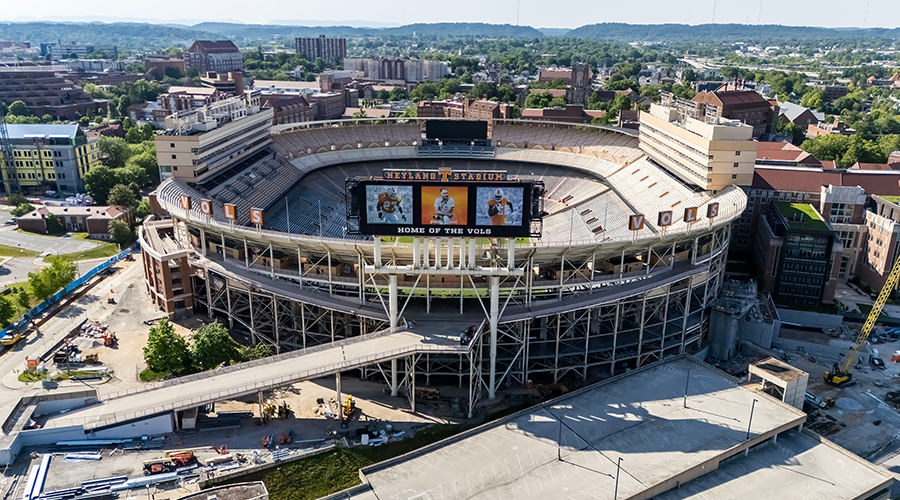NIST Report Highlights Efforts for Safer Buildings
The National Institute of Standards and Technology (NIST) has submitted to Congress the annual report of activities under the National Construction Safety Team (NSTC) Act
The National Institute of Standards and Technology (NIST) has submitted to Congress the annual report of activities under the National Construction Safety Team (NSTC) Act. The report authorizes the agency to conduct technical investigations of major building failures in the United States.
Although NIST did not conduct any new investigations of structural failures during the past year, the 2007 report details significant progress in both the private and public sectors acting upon NIST’s previous investigation-driven recommendations for improvement in building and fire standards, codes, and practices.
Those recommendations stem from NIST’s investigations into the failure of the two World Trade Center (WTC) towers following the terrorist attacks of Sept. 11, 2001, and The Station nightclub fire in Rhode Island on Feb. 20, 2003, that killed 100 people. NIST expects this summer to complete its investigation of the failure of WTC 7, the 47-story office building that also collapsed on 9/11.
The report highlights a discussion of the first comprehensive set of building-code changes based on the NIST World Trade Center investigation approved by the International Code Council (ICC) in 2007 and incorporated into last year’s supplement to the ICC’s International Building Code, a model code used as the basis for building regulations promulgated and enforced by U.S. state and local jurisdictions. Those jurisdictions can incorporate some or all of the code’s provisions but generally adopt most of them.
The report also details the 47 proposals for code changes based on World Trade Center investigation recommendations submitted to the ICC last August. These proposals address areas that include structural collapse, wind-tunnel testing, emergency-responder communications, sprinkler redundancy, and sprayed-on fire-resistant materials.
NIST investigations under the NCST Act, signed into law in October 2002, are designed to establish the likely technical causes of the building failure and evaluate the technical aspects of emergency response and evacuation procedures in the wake of such failures. The goal is to recommend improvements to the way buildings are designed, constructed, maintained and used.
The 2007 NCST report to Congress is available at www.nist.gov/ncst.
Related Topics:











